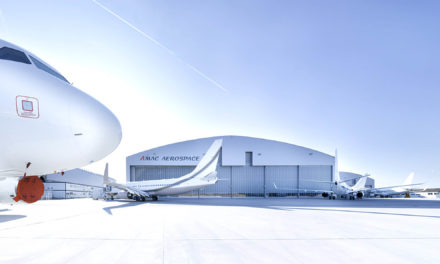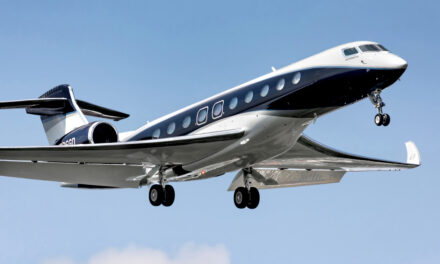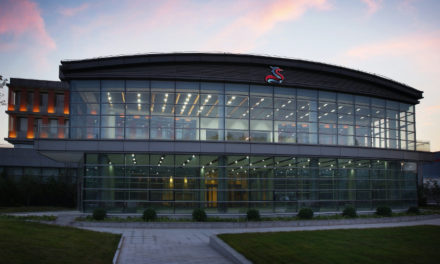Launched more than a decade ago after the 2008 crisis, outsourced operation companies experienced a concomitant development with the internet revolution. However, it is not enough to say that these operators were not welcomed with open doors in an environment where novelty is sometimes subject to a lot of caution.
In ten years, the business of operations has undergone a real deep transformation. The crisis has undoubtedly reshuffled the cards for the paper tiger that this sector of business aviation is eliminating, in the manner of natural selection, the weakest entities in favor of the most profitable. It will have also partly influenced the reduction in costs per flight hour, including more efficient aircraft, both in terms of performance and consumption and therefore pollution. By domino effect, the ancillary services had to follow this movement of generalized cost reduction.
Among the operators, one of the first areas affected by the crisis will be the operations sector. Because it must be said, the latter is at the heart of an operator’s success and survival. As a result, they had to juggle significant operating costs and a decrease in traffic while continuing to provide H24 service. The equation seems complicated. Nature having a horror of the void, it is natural that this “revolution” which ultimately isn’t one, happened, accompanied by new technologies and the outsourcing of this profession of operations, inseparable from a successful flight.
Applications
New technologies have enabled the emergence of new entities that allow crews, for example, to manage the complex set of flight preparation themselves via an application. If at first sight, this formula can seem dauntingly effective, especially from an accounting point of view, the fact remains that this practice can prove to be accident-prone in the medium or long term. Because in reality, the problem is that there is no consistency in the use of these applications and it can quickly become complicated to have an overview on flights, especially if the pilot is the only recipient. The fact that all his data is taken into account alone can aggravate the captain’s state of stress and have serious consequences for flight safety. These applications are more adapted for recreational pilots than for professional operators.
An outsourced operations service on a human scale
Although the 2008 seismic changes have facilitated the creation of new markets, it has, alongside the advent of new technologies and applications, enabled the emergence of entities where man remains ubiquitous. In fact, many companies have specialized in the outsourcing of operations management. For ten years, professionals in the sector have worked to democratize this activity while being surrounded by teams of real operational specialists. For the aircraft owners who are not registered as a company, the advantage of an outsourced service makes it possible to have an expertise on the preparation and the follow-up of the flights 24/7, and this, anywhere in the world. It avoids to have an internal and costly operations service. Subcontracting aircraft operations also offers the client a technical and personalized assistance and guarantees a high level of expertise and security. But this remains a factor decreasing post-flight stress, especially for crews, resulting in a reduction of fatigue and the risk of error. This type of service allows to reset a flight quickly in case of last-minute changes (weather, passenger delay, etc.).
For operators, the gains are obviously the same with the difference that they can extend this service to their entire fleet and offer their customers a concierge service, often included with service providers. In addition, it often makes it possible to compensate for an undersized workforce and to be able to respond to requests for quotations during non-working hours. At the same time, this subcontracting strengthens operations for surplus activities, especially during the peak season.
In addition to all these advantages linked to the outsourcing of operations, there is also the competitive cost. This represents no more than 5% of the total amount of the bill for the flight hour on average, according to a study carried out on the prices applied in the sector.
Towards a standardization of procedures
While all the strengths are there to make this sector a growing business, it still lacks the confidence of operators and some key players in the market. Paradoxically, while it is a real consumer product, the outsourcing of operations still remains a sensitive subject today. Beyond the indisputable security added value that this type of service provider can bring, it is also necessary to ensure that the operations that the subcontractors carry out are completely confidential. This is the challenge to develop this market. If the profession of transaction agent is regulated in the US, it is not yet in Europe. Aware of the problem, the European Business Aviation Association (EBAA) and the European Aviation Safety Agency (EASA) have been working to write an IS-BA certification – International Standard for Business Aircraft – for three years for the flight support activity. The move towards standardization and regulatory change surrounding the practices of this sector is essential not only to support the growing entities, but also to obtain a real recognition of this type of service in the business aviation sector.









